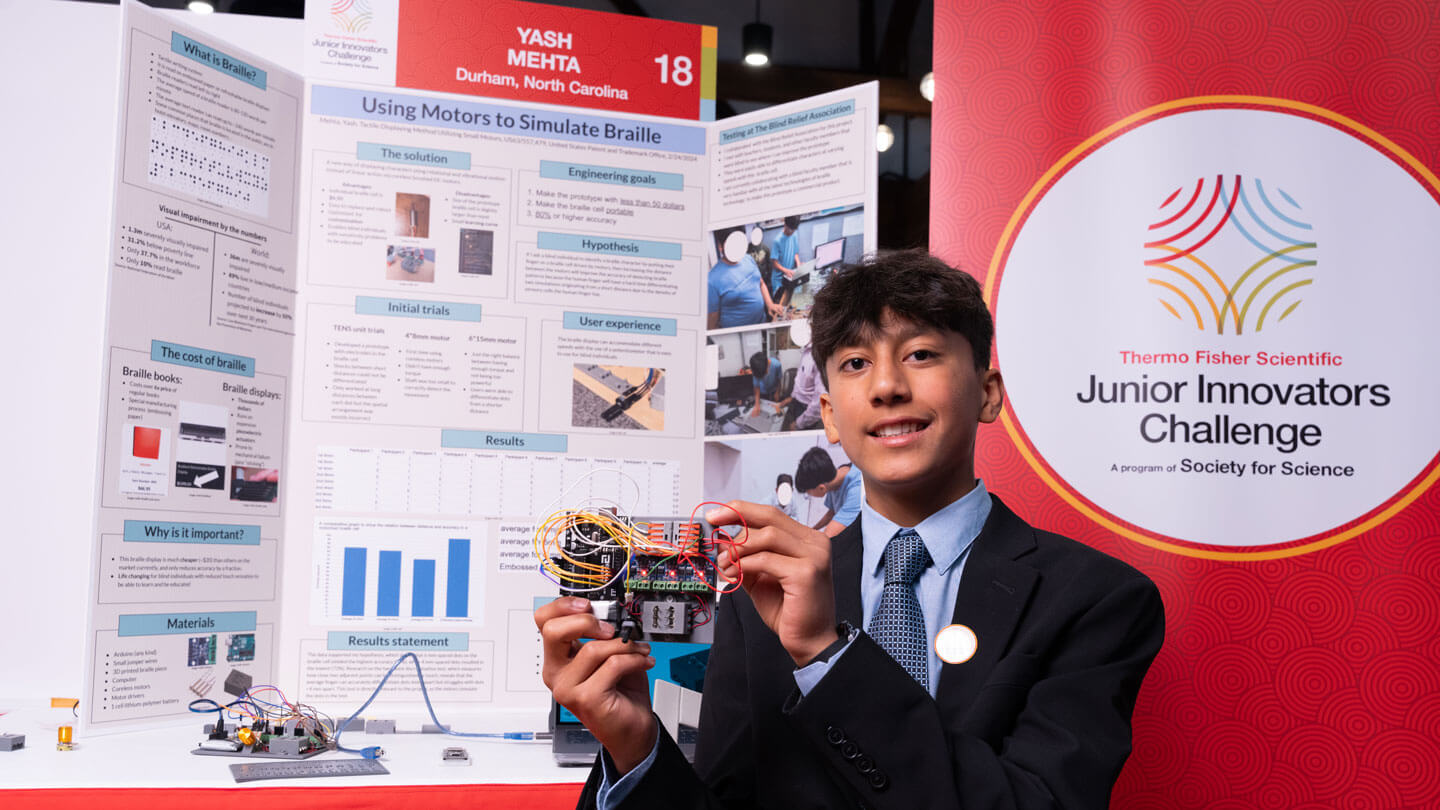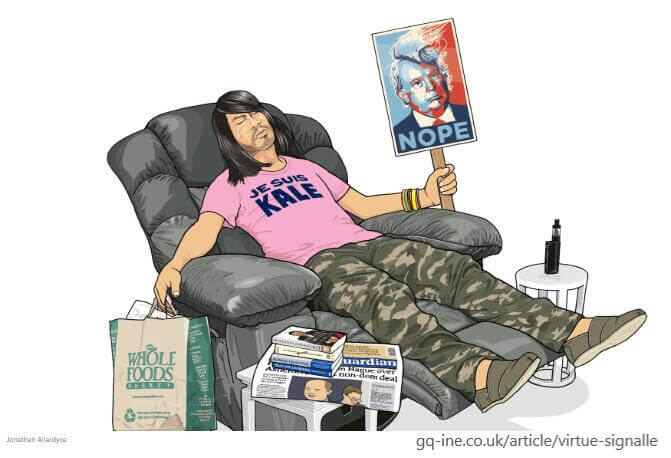
In a previous post on GoodEreaders titled “Embracing Diversity in Literature: E-Readers and Audiobooks,” we discussed the Canute braille system. Currently, Canute is one of the best available technologies to assist blind individuals with reading. However, as noted in the article, it comes with a hefty price tag that makes it unaffordable for most people. The system relies heavily on mechanical parts, which can malfunction and require costly repairs. For many, access to such technology is limited to libraries or schools.
During a recent trip to India, 14-year-old Yash Metha, a student from Durham Academy in North Carolina, observed that many students in the region did not have access to braille technology. With a keen interest in engineering and a creative mindset, Yash wondered if he could develop something better, prompting him to experiment with prototypes.
Working with teachers and students at the Blind Relief Association in New Delhi, he successfully built his first model and tested it with some students. His efforts paid off when he won first place in the Thermo Fisher Scientific Junior Innovators Challenge for the technology category and received a $3,500 prize to encourage him to continue his research. He is currently focused on developing a low-cost model, with guidance from mentors in the field, and we eagerly await news on a potential release date.
Yash’s innovative braille device simulates braille dot patterns using a set of six rotating motors connected to an open-source electronics coding program called Arduino. The motors gently brush against the user’s fingers, allowing them to read the braille output. While the concept may be more intricate than described, it is built on the widely accepted idea that if computers can read fingerprints, there must be a way to reverse the process.
Could a $50 electronic braille device truly become the latest and greatest technology for reading? Suppose a high school student with creativity and a desire to help others can build a working prototype with little or no coding experience. In that case, the reality of a functional model seems plausible. This is especially true given the rapid advancements in artificial intelligence.
“The journey from concept to creation, fueled by innovation and creativity, is what entices me the most,” said Yash Metha.
A breakthrough in reading technology like this could help bring the world closer to achieving its sustainable goal of creating a more inclusive and diverse society. Well done, young man.
Image screenshot from Snexplores.
Writing has always been her passion and a voice for those who cannot speak. She considers herself fortunate to write every day and says her mantra is, "I drink coffee, write, and I know about people and technology." Her writing is diverse and can be found online on websites like LifeHack, You Have a Calling, Medium, TechCrunch and, She Knows.

